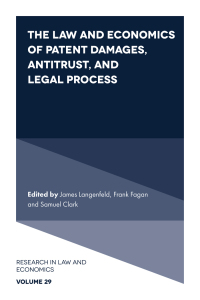Question
4. Which of the following is a cost that changes as the level of activity changes (best answer)? a. fixed costs. b. engineered costs. c.
4. Which of the following is a cost that changes as the level of activity changes (best answer)?
| a. | fixed costs. |
| b. | engineered costs. |
| c. | sunk costs. |
| d. | opportunity costs. |
5. Which of the following characterizes a time period long enough to allow management to change the level of production within the constraints of current total productive capacity?
| a. | short run. |
| b. | medium run. |
| c. | long run. |
| d. | relevant range. |
6. Which of the following terms describes the range of activity over which the firm expects a set of cost behaviors to be consistent?
| a. | irrelevant range. |
| b. | relevant range. |
| c. | short-range. |
| d. | long-range. |
7. Which statement is correctconcerning the learning curve function?
| a. | This function shows how the amount of time required to perform a task goes up per unit as the number of units increases. |
| b. | This function shows how the amount of time required to perform a task goes down per unit as the number of units increases. |
| c. | This function shows how the amount of time required to perform a task goes up per unit as the number of units decreases. |
| d. | This function shows how the amount of time required to perform a task goes down per unit as the number of units decreases. |
8. Which of the following represents costs that have both a fixed and variable component?
| a. | curvilinear variable. |
| b. | curvilinear fixed. |
| c. | semi-variable. |
| d. | semi-fixed. |
9. What are selling, general and administrative costs considered sticky?
| a. | These costs increase more when sales increase than they decrease when sales decrease by the same amount. |
| b. | These costs increase less when sales increase than they decrease when sales decrease by the same amount. |
| c. | These costs increase the at the same rate when sales increase and decrease at the same rate when sales decrease by the same amount. |
| d. | None of the answers are correct. |
10. If all the data points were on a line, the r-square would be
| a. | zero. |
| b. | one. |
| c. | two. |
| d. | impossible to interpret. |
11. A financial model is only as good as
| a. | the rate of growth in the economy. |
| b. | the companys operating leverage. |
| c. | the assumptions it uses and the data it uses. |
| d. | None of the answers are correct. |
12. How does cost-volume-profit analysis allows management to determine the relative profitability of a product?
| a. | By highlighting potential bottlenecks in the production process. |
| b. | By keeping fixed costs to an absolute minimum. |
| c. | By determining the contribution margin and projected profits at various levels of production. |
| d. | By assigning costs to a product in a manner that maximizes the contribution margin. |
Step by Step Solution
There are 3 Steps involved in it
Step: 1

Get Instant Access to Expert-Tailored Solutions
See step-by-step solutions with expert insights and AI powered tools for academic success
Step: 2

Step: 3

Ace Your Homework with AI
Get the answers you need in no time with our AI-driven, step-by-step assistance
Get Started


